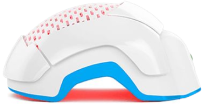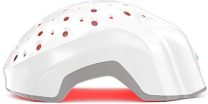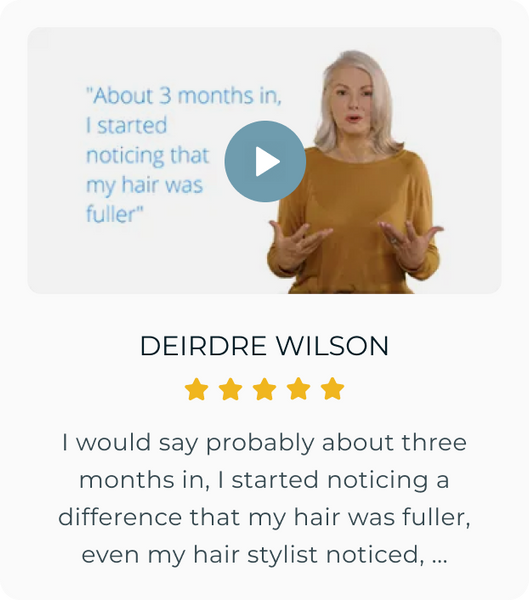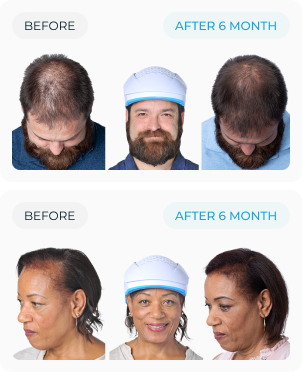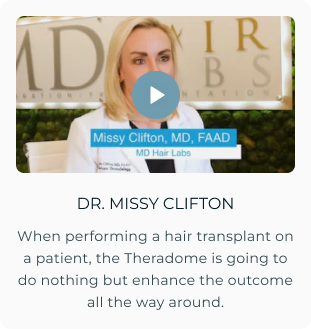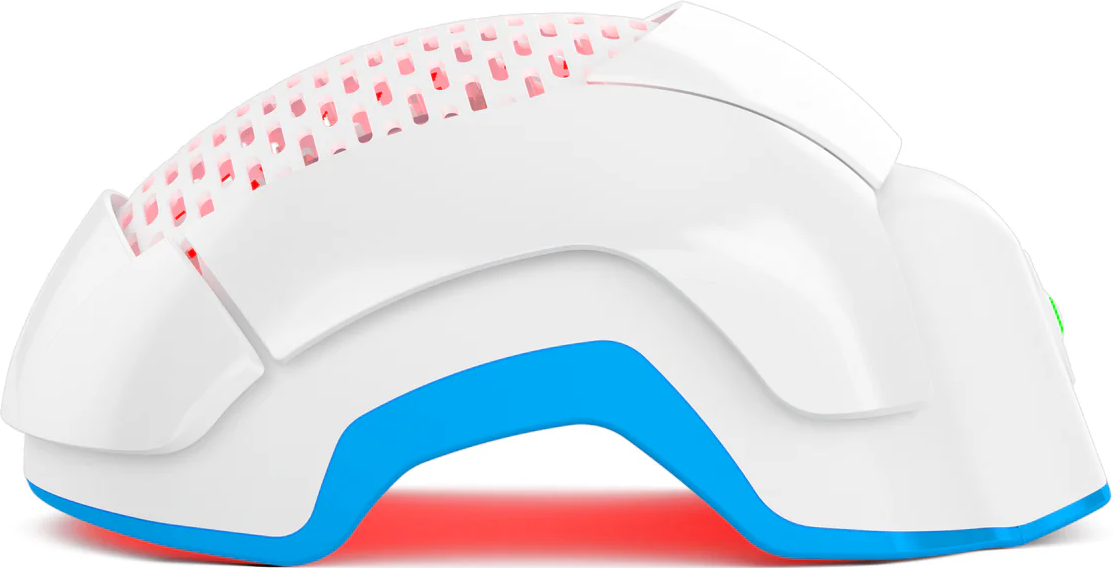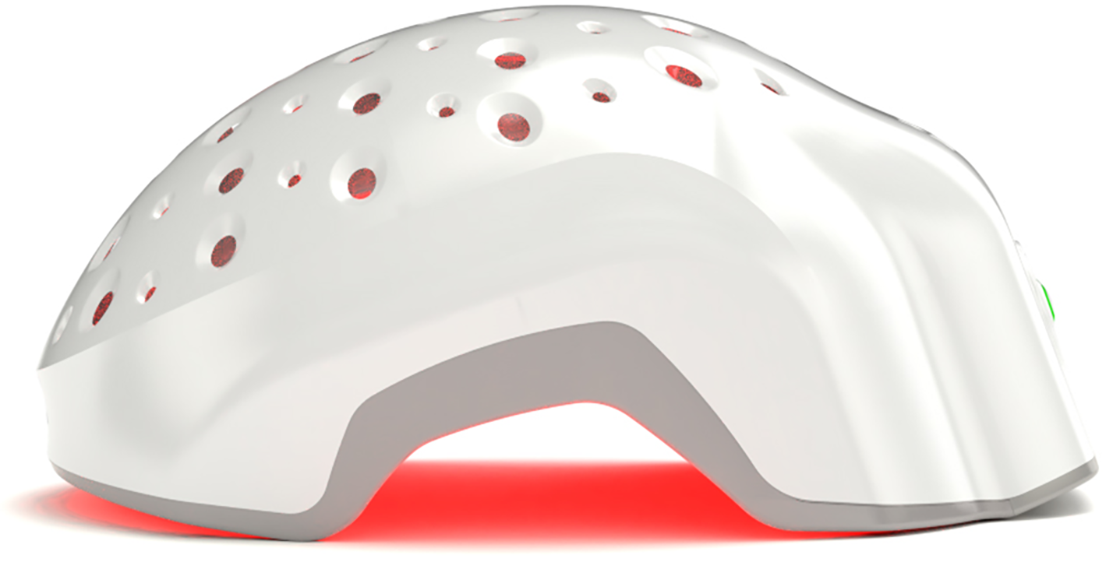Hair falls out slowly, sometimes all at once — and no, it’s not always because of age, stress, or your dad’s side of the gene pool. The truth is, your scalp might just be missing the one thing that actually stimulates regrowth without drama: light. Yep, photons — clinically tuned and dialed to 680nm.
LLLT laser hair loss treatment isn’t voodoo, guesswork, or another snake-oil scalp serum. It’s science — real, published, peer-reviewed science — that reactivates dormant follicles using targeted red light. It doesn’t burn. It doesn’t hurt. And it’s been quietly reshaping the hair restoration space without fanfare or fluff.
So let’s dig into what this tech actually does, how it works, who it helps, and why it may be the smartest follicular move you’ve never seriously considered — until now.
What is Low-Level Laser Therapy (LLLT)?
Low-Level Laser Therapy (LLLT) isn’t a futuristic gimmick—it’s a clinically studied form of red light therapy for hair growth that targets the mitochondria in your cells and says, “Time to wake up.” Using wavelengths between 650–680 nanometers, LLLT delivers photons to your scalp that are absorbed by weak or dormant hair follicles. The energy kickstarts ATP production (your cell’s fuel), stimulates metabolic activity, and reboots the hair growth cycle—all without burning a single strand.
On a more functional level, low-level laser therapy for hair loss increases blood flow to the scalp, improves oxygen delivery, and helps prolong the anagen (growth) phase of hair follicles. Think of it as a follicle wake-up call wrapped in FDA-cleared science. It’s pain-free, non-invasive, and safer than popping pills or slathering on chemicals that mess with your hormones. And for the record—yes, it’s used in actual clinics and dermatology offices, not just social media ads.
History and Development of LLLT for Hair Loss
LLLT’s hair growth potential wasn’t born in a hair clinic—it was discovered by accident in the 1960s when Hungarian scientist Endre Mester noticed shaved mice growing back hair faster under low-level laser exposure. Fast forward a few decades, and the technology has matured into FDA-cleared laser hair growth devices, including laser helmets for hair loss and regrowth. These days, LLLT is no longer an experimental sideshow—it’s mainstream, peer-reviewed, and recommended by professionals who’ve run out of patience for minoxidil stains and finasteride side effects.
How LLLT Helps with Hair Loss
1. Stimulates Hair Follicles
Hair grows in cycles—anagen (growth), catagen (transitional), and telogen (rest). LLLT kicks follicles stuck in the telogen phase back into anagen mode. By targeting the base of the follicle with light, LLLT boosts cellular energy, reduces follicle shrinkage, and supports thicker, stronger hair. This is especially effective in LLLT for androgenetic alopecia, where hereditary hair loss starts to miniaturize follicles before you even realize you're in trouble.
2. Increases Blood Circulation in the Scalp
Weak circulation = weak growth. LLLT enhances microcirculation in the scalp, making sure your follicles aren’t starving for nutrients. With more oxygen and blood flow reaching the roots, hair has a better chance of growing out thicker and longer. If you’ve ever had cold feet (literally), you know poor circulation’s no joke—and your scalp agrees.
3. Reduces Inflammation
Chronic inflammation strangles hair follicles. LLLT calms that down by reducing pro-inflammatory cytokines and improving the scalp environment. For those dealing with conditions like seborrheic dermatitis or low-grade inflammation that blocks growth, this effect can be a game changer. Less inflammation = better follicle survival.
4. Supports Cellular Regeneration
LLLT doesn’t just stimulate growth—it helps repair. By activating mitochondria and increasing ATP output, it boosts cellular turnover and tissue repair in the scalp. This kind of stimulation not only improves follicle strength but also supports recovery from things like post-transplant trauma or scalp irritation.
Benefits of Low-Level Laser Therapy for Hair Loss
1. Proven Effectiveness
Clinical trials have shown measurable increases in hair density and thickness for both men and women using home laser treatments for hair loss. Hair growth devices like the Theradome are FDA-cleared, which isn’t marketing fluff—it means we’ve passed real safety and efficacy benchmarks.
2. Safety and Convenience
LLLT is drug-free, pain-free, and safe for long-term use. There are practically no side effects. A bit of scalp warmth if you're sensitive. That’s about it. There’s no systemic disruption, no hormonal tweaking, and no downtime.
3. Complementary to Other Treatments
You don’t have to ditch your current treatments to try LLLT. It works alongside minoxidil, finasteride, PRP, and even hair transplants. In fact, many clinics use it post-transplant to speed up the healing process and improve graft success.
Who Can Benefit from LLLT?
- Men and women with androgenetic alopecia
- Those experiencing postpartum or telogen effluvium shedding
- People with thinning hair, not full baldness
- Patients recovering from a hair transplant
- Anyone looking to support hair density naturally
Is Low-Level Laser Therapy Safe?
Yes, and here’s why: LLLT doesn’t cut, heat, or chemically alter your body. It uses safe, low-energy red light to stimulate growth and regeneration. FDA clearance confirms this. Temporary side effects like mild scalp redness or tingling can occur, but they usually pass quickly. However, if you have light sensitivity, epilepsy, or open scalp wounds, speak with a physician before using any device.
Types of LLLT Devices Available
1. Laser Helmets and Caps
This is the gold standard. Devices like Theradome’s laser helmets for hair regrowth offer full-scalp coverage, hands-free treatment, and optimal diode placement. They’re convenient, effective, and built for consistent results. A 20-minute session, 2–3 times a week, and you’re done.
2. Laser Combs and Brushes
These handheld devices are fine if you’ve got time and a good arm workout planned. They work—just slowly, and only on small areas. The biggest downside is you have to keep moving them manually. It’s tedious, and coverage isn’t great.
3. In-Clinic LLLT Treatments
Done in dermatology clinics, these treatments are more intense and professionally administered. Great if you want higher power and guided protocols—but they cost more over time and require scheduled visits.
How to Use LLLT for Optimal Results
1. Recommended Usage Frequency
Use LLLT 2–3 times per week for 15–20 minutes per session. Don’t overdo it—your scalp isn’t a test site for solar flares.
2. Timeline for Visible Results
Be patient. Most users start seeing changes in 3–4 months, with peak results around 6–12 months. This isn’t hair magic. It’s biology—and biology needs time.
3. Combining LLLT with Lifestyle Changes
No device fixes everything. Support LLLT with a balanced diet, scalp care, and stress management. No excuses—your follicles are watching.
LLLT vs Other Hair Loss Treatments
Unlike meds, LLLT doesn’t cause libido crashes, weird skin reactions, or pill fatigue. Compared to topicals, it’s cleaner. Compared to transplants, it’s cheaper. And compared to LED light caps with zero power? It’s actually doing something.
How to Choose the Right LLLT Device
Not all red lights are the same. Always look for:
- FDA clearance (non-negotiable)
- True laser diodes (not LEDs in disguise)
- 680 nm wavelength
- Full-scalp coverage
- Comfort and ease of use
Also, ask where it’s made. Devices built in FDA-regulated facilities tend to have higher quality control, better diode accuracy, and less risk of being a glorified disco helmet.
Second, evaluate support: Is there customer service? Warranty? Clinical backing?
If it’s a faceless Amazon brand with no documentation, step away. This is your scalp we’re talking about, not a novelty desk lamp.
Conclusion
LLLT laser hair loss treatment has turned red light into real growth, not hype, not hope, but verified progress. It’s safe, well-studied, and easy to add to your routine. Hair regrowth takes consistency, not overnight miracles. Skip the gimmicks—LLLT is a science-backed powerhouse that outperforms oils, shampoos, and scalp guesswork by miles.
Stick with it, treat your follicles well, and let the light do the rest.


